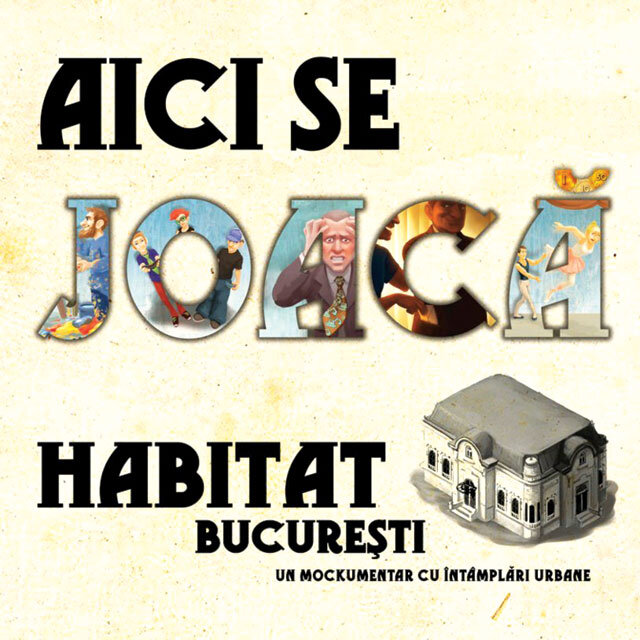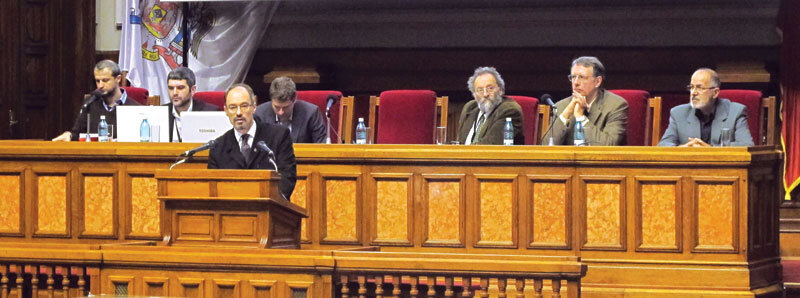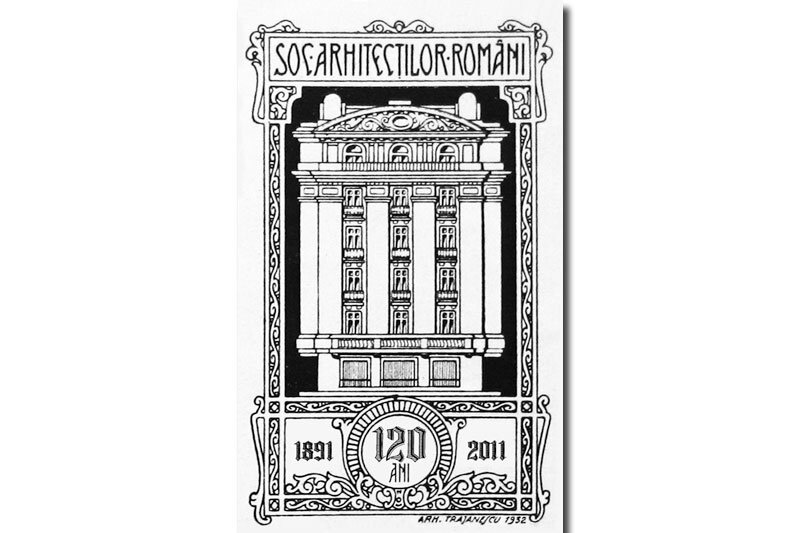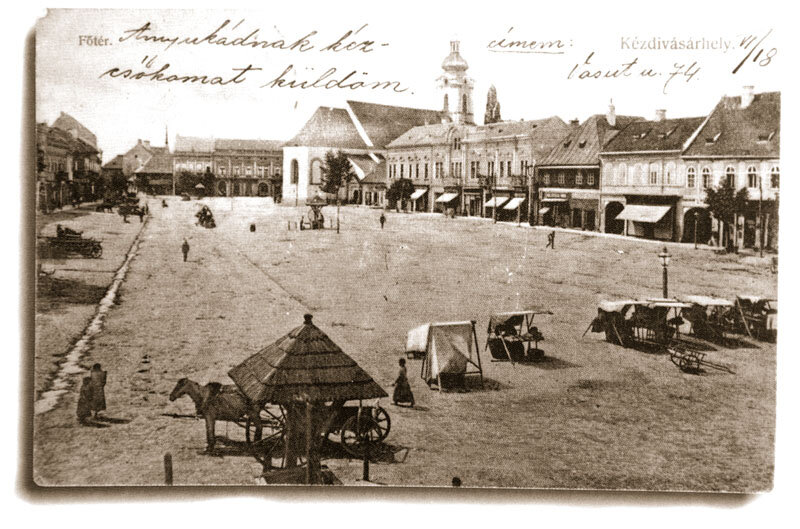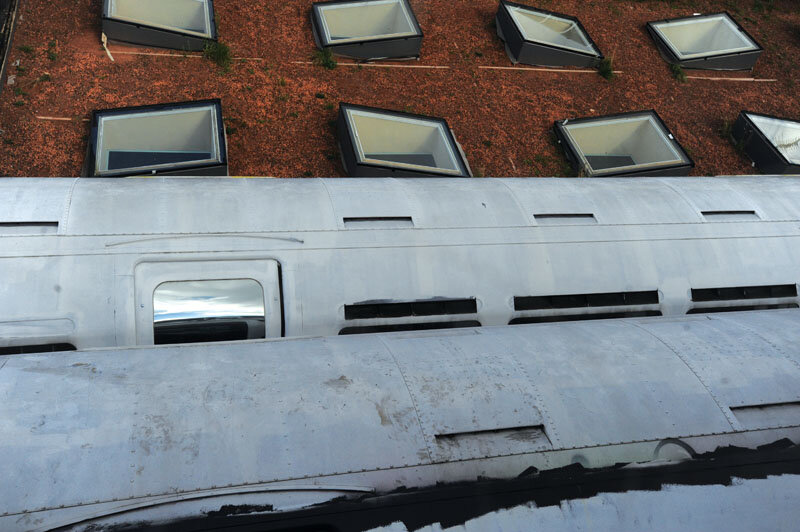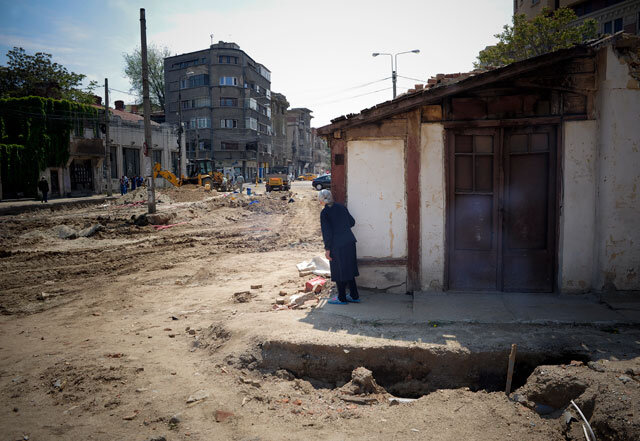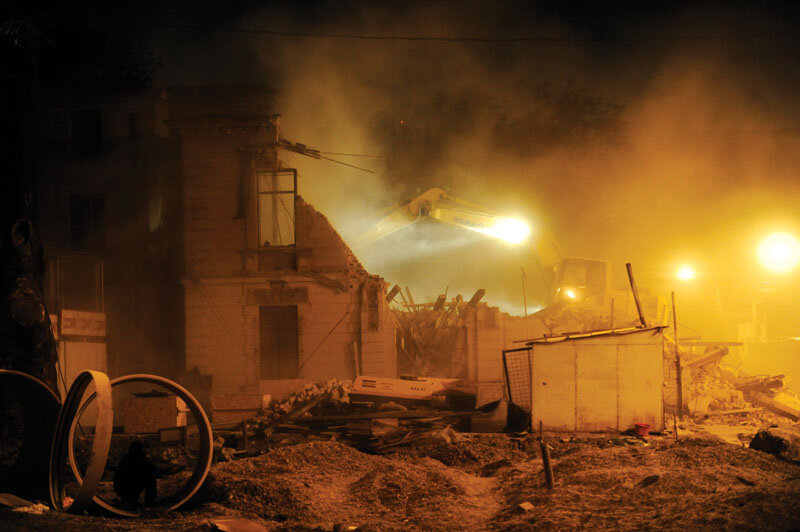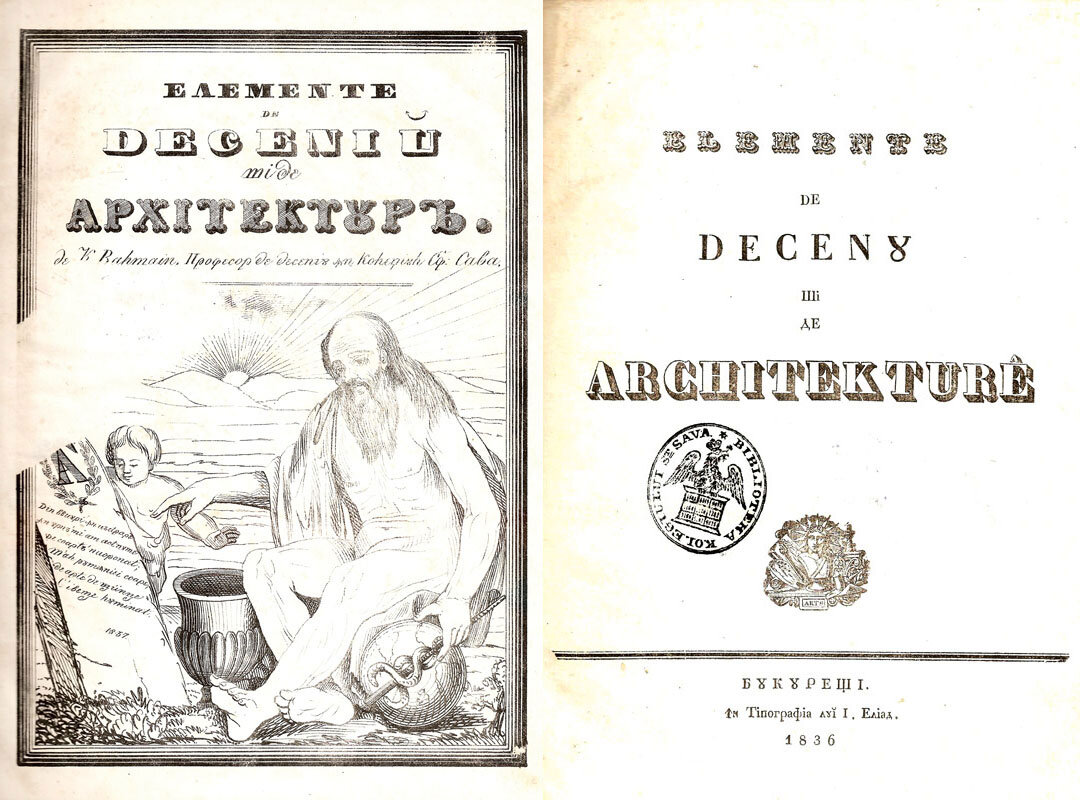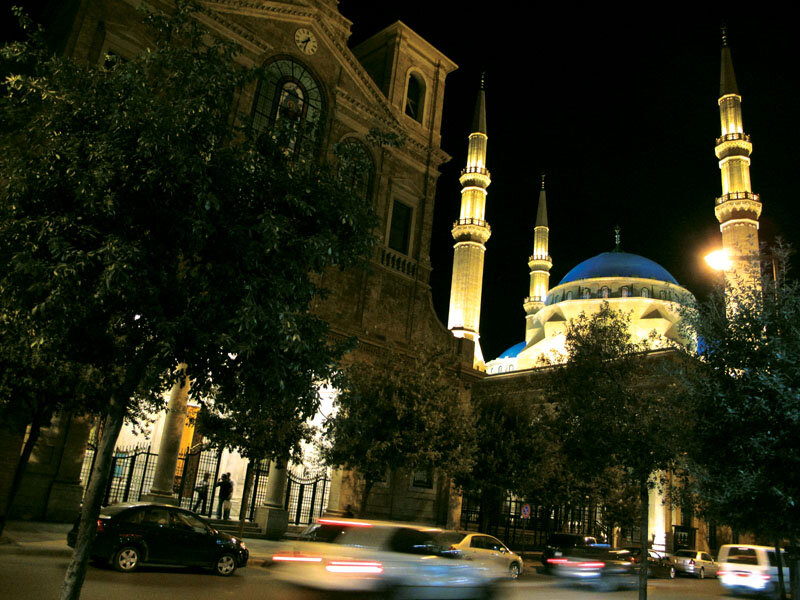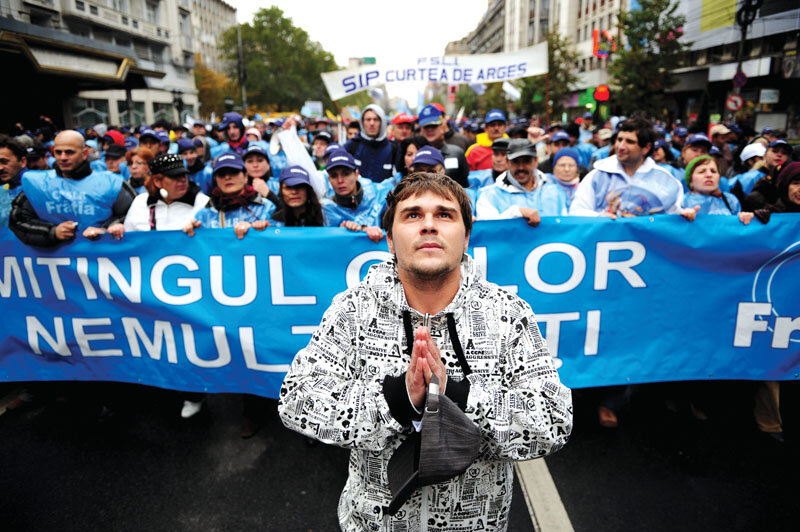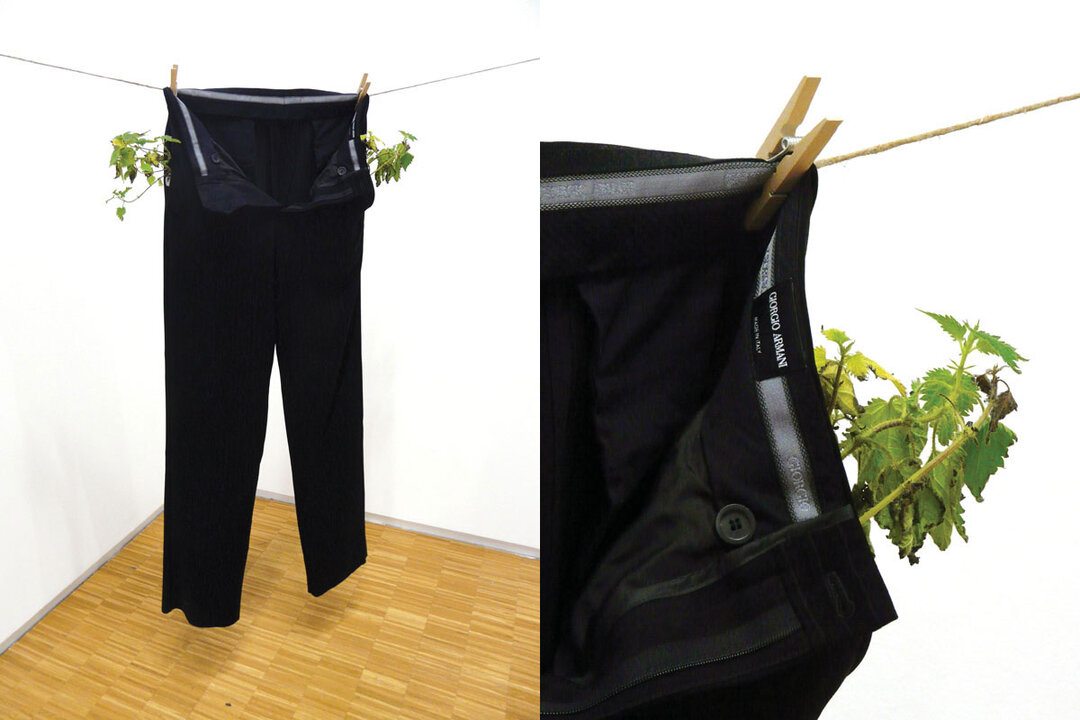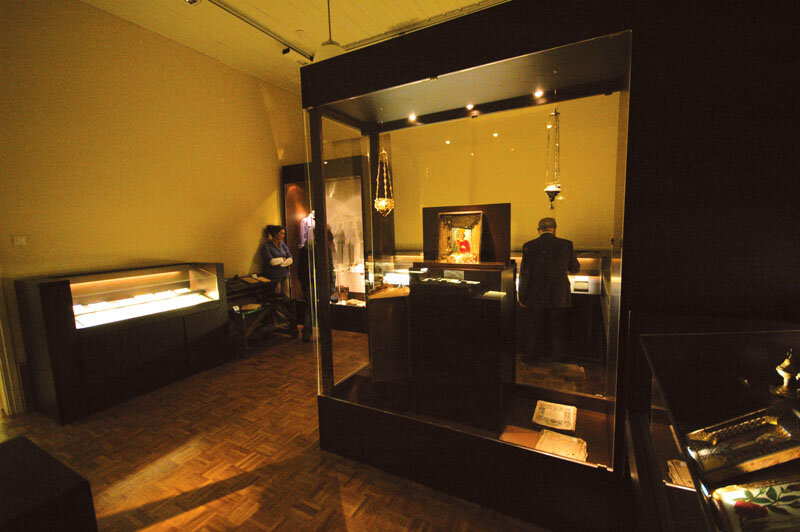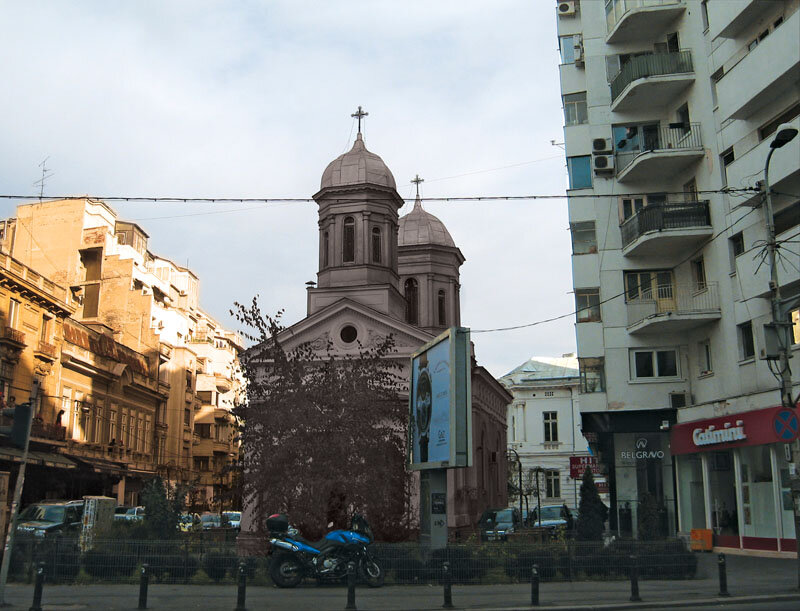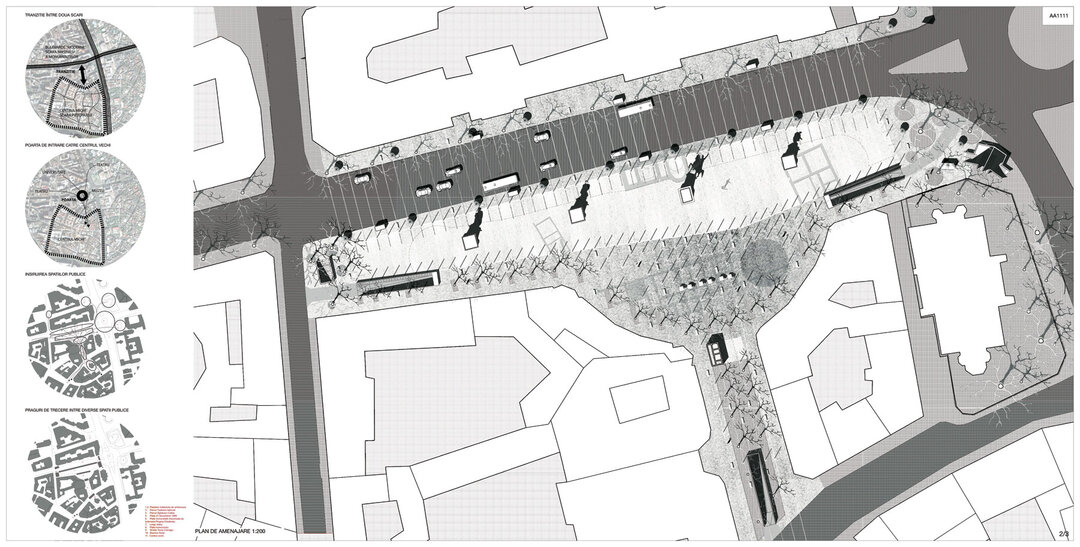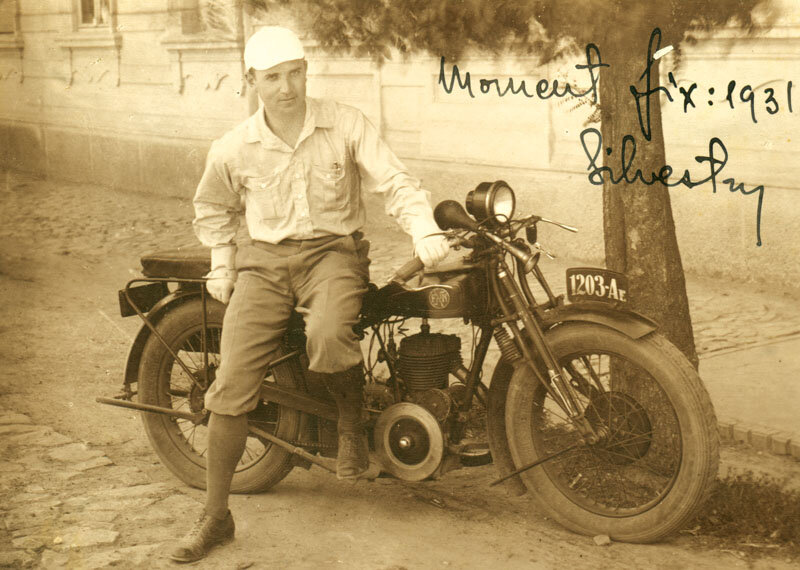
Patrimoniu cultural sau imagini de marcă și povestiri?

Uzina de aer comprimat SUDAC (Société Urbaine D’Air Comprimé), înainte de începerea lucrărilor de conversie - arhitecți G. Le Bris și J. Leclaire, 1891 -, a alimentat rețeaua pneumatică a Parisului până la închidere în 1994, foto S.K., 06.2001 The SUDAC factory (Société Urbaine D’Air Comprimé), before conversion works - G. Le Bris and J. Leclaire architects, 1891 -, that had provided compressed air for the pneumatic network of Paris until its closure in 1994, photo S.K., 06.2001.
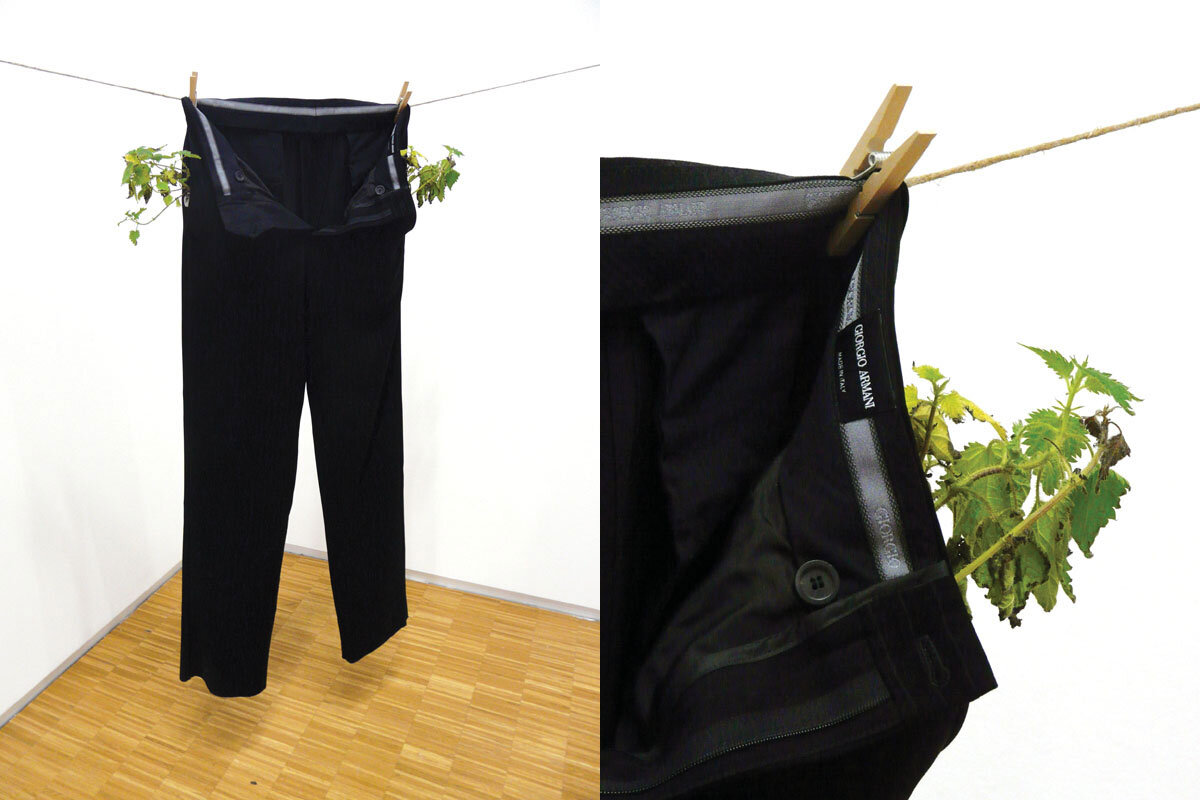
Mircea Cantor, Tasca che punge, 2007 (în fanceză Poche grattante), Pantalon Armani, urzici, pământ, coardă, cârlig de rufe. Donație de la Société des Amis du Musée Național d’Art Moderne 2010 (foto S.K., 11.2011) / Mircea Cantor, Tasca che punge, 2007 (in French Poche grattante), Armani trousers, nettles, earth, string, wooden cloth peg. Donation of the Société des Amis du Musée Național d’Art Moderne 2010
- Mircea Cantor, Tasca che punge, 2007 (în fanceză Poche grattante), Pantalon Armani, urzici, pământ, coardă, cârlig de rufe. Donație de la Société des Amis du Musée Național d’Art Moderne 2010 (foto S.K., 11.2011) / Mircea Cantor, Tasca che punge, 2007 (in French Poche grattante), Armani trousers, nettles, earth, string, wooden cloth peg. Donation of the Société des Amis du Musée Național d’Art Moderne 2010
Cultural heritage or branding and storytelling?
| Pe 22 octombrie 2011, prestigiosul Premiu Marcel Duchamp a fost atribuit lui Mircea Cantor. În colecția de artă contemporană a Centrului Pompidou găsim deja una din lucrările sale alături de următoarea notă explicativă:
„Artistul român Mircea Cantor trăiește și lucrează în Franța din 1999, dezvoltând totodată numeroase colaborări cu țara natală. Piesa Tasca che punge a fost realizată în cadrul primei expoziții personale a artistului, la galeria italiană Magazzino d’Arte Moderna, în decembrie 2007. El face aluzie la situația imigranților români în Italia. Instalația consistă într-o pereche de pantaloni Armani, simbolul luxului și al reușitei, puși pe sfoară ca lenjeria la uscat. Buzunarele pantalonului sunt garnisite cu urzici și cu pământ, referință la dezrădăcinare și la lipsa de bani a imigranților români. Această operă poate fi luată, de asemeni, drept un autoportret al artistului la vârsta de treizeci de ani. Ea îi mărturisește dorința de a incarna într-un limbaj plastic pribegia și dezrădăcinarea”. Dacă citim cu atenție această notă explicativă, distingem două voci: cea a custodelui reamintind sărăcia nefericiților „emigranți români” și cea a artistului dorind să exprime prin mijloacele lui „pribegia și dezrădăcinarea”. Pantalonii Armani agățați într‑un colț din Centrul Pompidou, cu buzunarele lor „garnisite cu urzici și cu pământ”, devin pantaloni Cantor din care cresc vorbe de duh cu valoare înzecită. [...] |
| Citiți textul integral în nr 6 / 2011 al Revistei Arhitectura. |
| On 22 October 2011 the prestigious Marcel Duchamp prize was awarded to Mircea Cantor. Among the items now on show in the contemporary art collection of the Pompidou Centre we can already find one of his works with the following explanatory caption:
“The Romanian artist Mircea Cantor has lived and worked in France since 1999 while carrying out numerous collaborative projects with his country of origin. The piece Tasca che punge was produced as part of the artist’s first solo exhibition at the Italian gallery Magazzino d’Arte Moderna, in December 2007. It alludes to the situation of Romanian immigrants in Italy. The installation consists of a pair of Armani trousers, a symbol of luxury and success, hanging on a line like washing put out to dry. The trouser pockets are decorated with nettles and dirt, referring to both the displacement and the lack of money of Romanian immigrants. The work can also be seen as a self-portrait of the artist at the age of thirty. It shows his desire to portray travelling and displacement in art.” If we read this notice carefully we can distinguish two voices: one of the curator reminding us of the poverty of the unfortunate “Romanian immigrants” and the other one of the artist intending to express “travelling and displacement in art”. What is described by the curator as pockets of the Armani trousers “decorated with nettles and dirt”, becomes Cantor trousers pushing up witty words. [...] |
| Read the full text in the print magazine. |
Foto: Stefania Kenley

Uzina de aer comprimat SUDAC (Société Urbaine D’Air Comprimé), înainte de începerea lucrărilor de conversie - arhitecți G. Le Bris și J. Leclaire, 1891 -, a alimentat rețeaua pneumatică a Parisului până la închidere în 1994, foto S.K., 06.2001 The SUDAC factory (Société Urbaine D’Air Comprimé), before conversion works - G. Le Bris and J. Leclaire architects, 1891 -, that had provided compressed air for the pneumatic network of Paris until its closure in 1994, photo S.K., 06.2001.
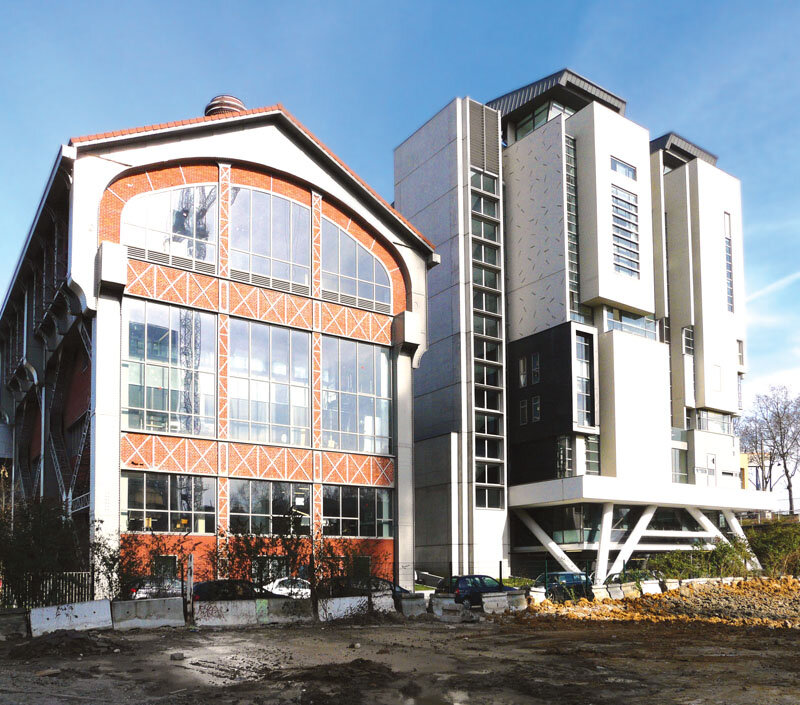
L’ENSA Paris-Val de Seine, quai Panhard et Levassor, 3 rue Jean-Antoine Baïf, 75013, în fosta uzină de aer comprimat SUDAC, arhitect Frédéric Borel, 2006, foto S.K., 03.2010 L’ENSA Paris-Val de Seine, quai Panhard et Levassor, 3 rue Jean-Antoine Baïf, 75013, in the ancient SUDAC factory, Frédéric Borel architect, 2006

Imobil în strada Berzei cu apartament de vânzare și loc de ședere Housing block in Berzei Street with apartment for sale and sofas (foto S.K 03. 2011)
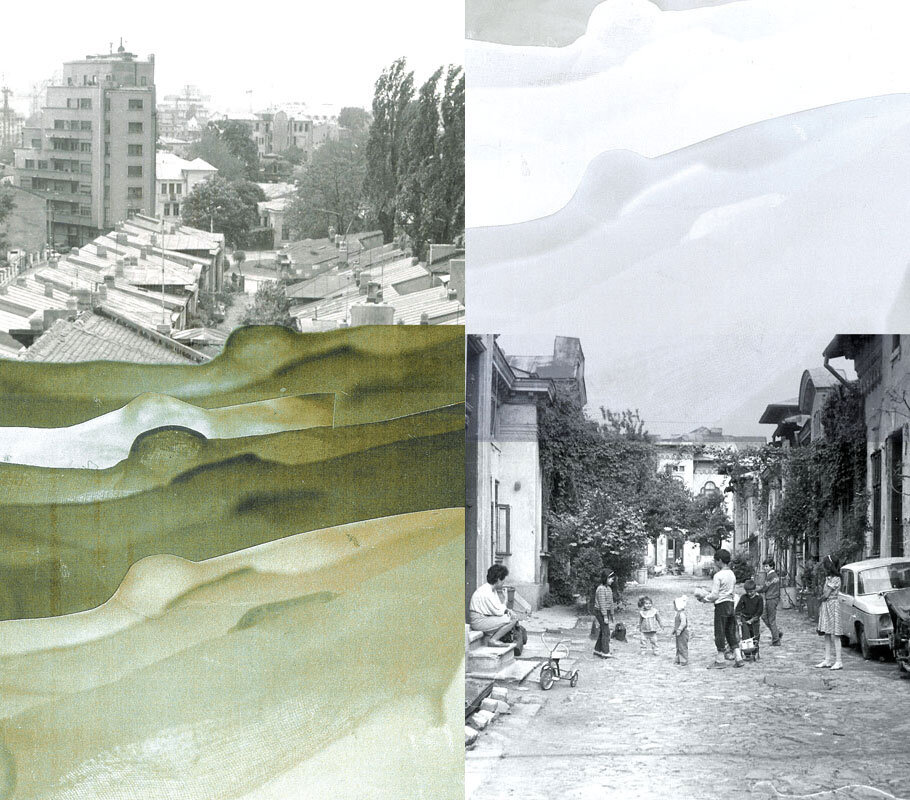
Strada Parfumului, vedere aeriană (stânga) și de la nivelul ochiului (dreapta), proiect de structură ușoară, S. Kenley, 1985. Parfumului Street, view from above (left) and at eye level (right), project for a lightweight structure, S. Kenley, 1985.

